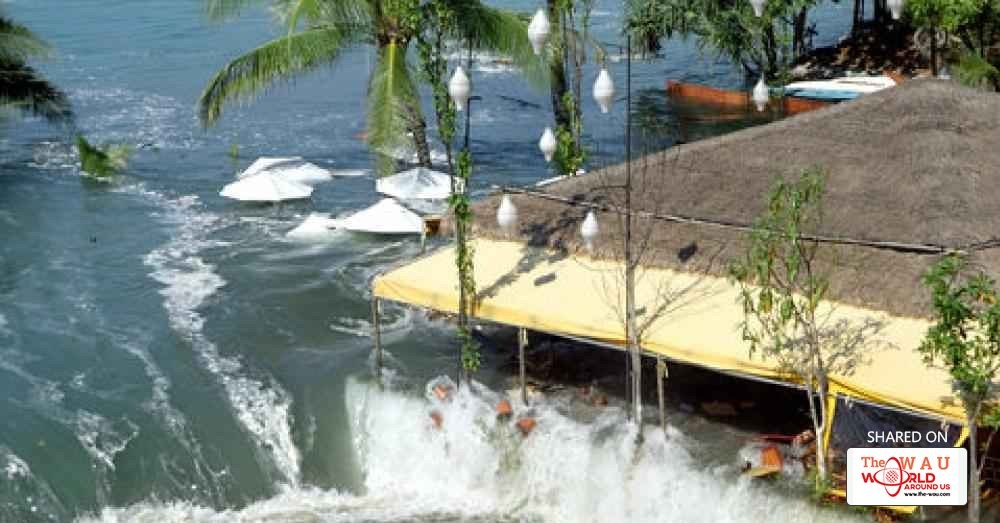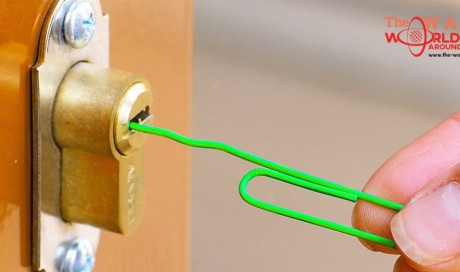In the wake of yesterday's tsunami in the Solomon Islands, National Geographic News looks at how the killer waves are caused, what the warning signs are, and how to respond when a tsunami threatens.
• A tsunami is a series of great sea waves caused by an underwater earthquake, landslide, or volcanic eruption. More rarely, a tsunami can be generated by a giant meteor impact with the ocean.
Scientists have found traces of an asteroid-collision event that they say would have created a giant tsunami that swept around the Earth several times, inundating everything except the tallest mountains 3.5 billion years ago. The coastline of the continents was changed drastically and almost all life on land was exterminated. (Read the story.)
• Tsunami (pronounced soo-NAH-mee) is a Japanese word. Tsunamis are fairly common in Japan, and many thousands of Japanese have been killed by them in recent centuries.
• An earthquake generates a tsunami if it is of sufficient force and there is violent movement of the earth to cause substantial and sudden displacement of a massive amount of water.
• A tsunami is not a single wave but a series of waves, also known as a wave train. The first wave in a tsunami is not necessarily the most destructive. Tsunamis are not tidal waves.
• Tsunami waves can be very long (as much as 60 miles, or 100 kilometers) and be as far as one hour apart. They are able to cross entire oceans without great loss of energy. The Indian Ocean tsunami traveled as much as 3,000 miles (nearly 5,000 kilometers) to Africa, arriving with sufficient force to kill people and destroy property.
Scientists say that a great earthquake of magnitude 9 struck the Pacific Northwest in 1700 and created a tsunami that caused flooding and damage on the Pacific coast of Japan. (Read the story.)
As Fast as a Commercial Jet
• Where the ocean is deep, tsunamis can travel unnoticed on the surface at speeds up to 500 miles an hour (800 kilometers an hour), crossing an ocean in a day or less. Scientists are able to calculate arrival times of tsunamis in different parts of the world based on their knowledge of water depths, distances, and when the event that generated them occurred.
• A tsunami may be less than a foot (30 centimeters) in height on the surface of the open ocean, which is why they are not noticed by sailors. But the powerful shock wave of energy travels rapidly through the ocean as fast as a commercial jet. Once a tsunami reaches shallow water near the coast, it is slowed down. The top of the wave moves faster than the bottom, causing the sea to rise dramatically.
• Geological features such as reefs, bays, river entrances, and undersea formations may dissipate the energy of a tsunami. In some places a tsunami may cause the sea to rise vertically only a few inches or feet. In other places tsunamis have been known to surge vertically as high as 100 feet (30 meters). Most tsunamis cause the sea to rise no more than 10 feet (3 meters).
...[ Continue to next page ]
Share This Post















